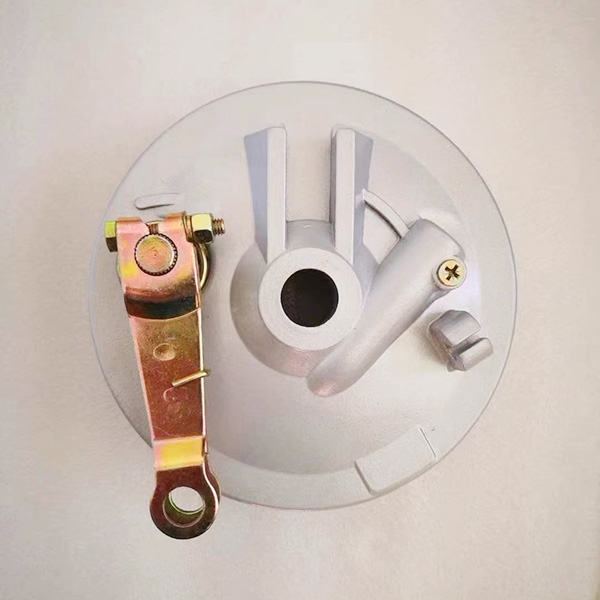
Front brake assembly
The front brake assembly is a critical element of a vehicle’s braking system,essential for safe and effective stopping power.Proper maintenance and timely replacement of components are vital to ensure the vehicle’s braking system performs optimally.
The front brake assembly is a crucial component of a vehicle's braking system, responsible for slowing down or stopping the vehicle. It comprises various parts that work together to deliver effective braking performance, playing a significant role in vehicle safety and handling. Since the front brakes typically handle a larger portion of the braking force, their proper function is essential for overall vehicle control.
Key Components:
Brake Calipers:
Function: House the brake pads and apply pressure to the brake rotors, creating friction to slow down the vehicle.
Types: Available as single-piston or multi-piston (floating or fixed) depending on design and braking requirements.
Brake Rotors (Discs):
Function: The rotating disc that the brake pads press against to generate friction and slow the vehicle.
Design: Can be vented, slotted, or drilled to enhance heat dissipation and performance.
Brake Pads:
Function: The friction material that presses against the brake rotors to create the necessary friction for slowing or stopping.
Types: Includes organic, semi-metallic, and ceramic materials, each with unique performance characteristics.
Brake Lines and Hoses:
Function: Carry brake fluid from the master cylinder to the brake calipers.
Material: Typically made of reinforced rubber or braided steel for durability and flexibility.
Brake Master Cylinder:
Function: Generates hydraulic pressure to operate the brake calipers, usually located in the engine compartment.
Design: Contains a reservoir for brake fluid and a piston mechanism that transfers force from the brake pedal to the calipers.
Brake Fluid:
Function: Transmits force from the brake pedal to the calipers through hydraulic pressure.
Types: Various types available (e.g., DOT 3, DOT 4, DOT 5.1), each with different properties for temperature and moisture resistance.
Brake Booster (for vehicles with power brakes):
Function: Uses vacuum or hydraulic pressure to assist the driver in applying the brakes, reducing pedal effort.
Design: Typically located between the master cylinder and brake pedal.
Types of Front Brake Systems:
Disc Brakes:
Description: Common in modern vehicles, consisting of a rotor and caliper; the caliper squeezes the brake pads against the rotor to create friction.
Advantages: Better heat dissipation and consistent performance compared to drum brakes.
Drum Brakes:
Description: Less common for front brakes, consisting of a rotating drum and brake shoes that press against the inside surface.
Advantages: Generally cheaper but less efficient in heat dissipation than disc brakes.
Advantages of Front Brake Assembly:
Enhanced Safety: Provides reliable stopping power and vehicle control, especially in emergency situations.
Improved Performance: Modern disc brake systems offer superior heat dissipation and fade resistance compared to older drum systems.
Durability: Designed to withstand the heat and stress generated during braking, contributing to overall vehicle safety.
Installation and Maintenance:
Installation:
Typically performed by automotive technicians, involving the replacement of worn components and ensuring proper alignment.
Maintenance:
Regular inspections are crucial. This includes checking brake pads for wear, ensuring rotors are not excessively worn or warped, and maintaining proper brake fluid levels.
Safety Considerations:
Regular Checks: Inspect the brake system for signs of wear, such as squeaking or grinding noises, reduced braking performance, or vibrations.
Brake Fluid: Check and replace brake fluid regularly, as it can absorb moisture over time, affecting braking performance.
Brake Pads and Rotors: Replace brake pads and rotors according to the manufacturer’s recommendations to ensure optimal performance and safety.






